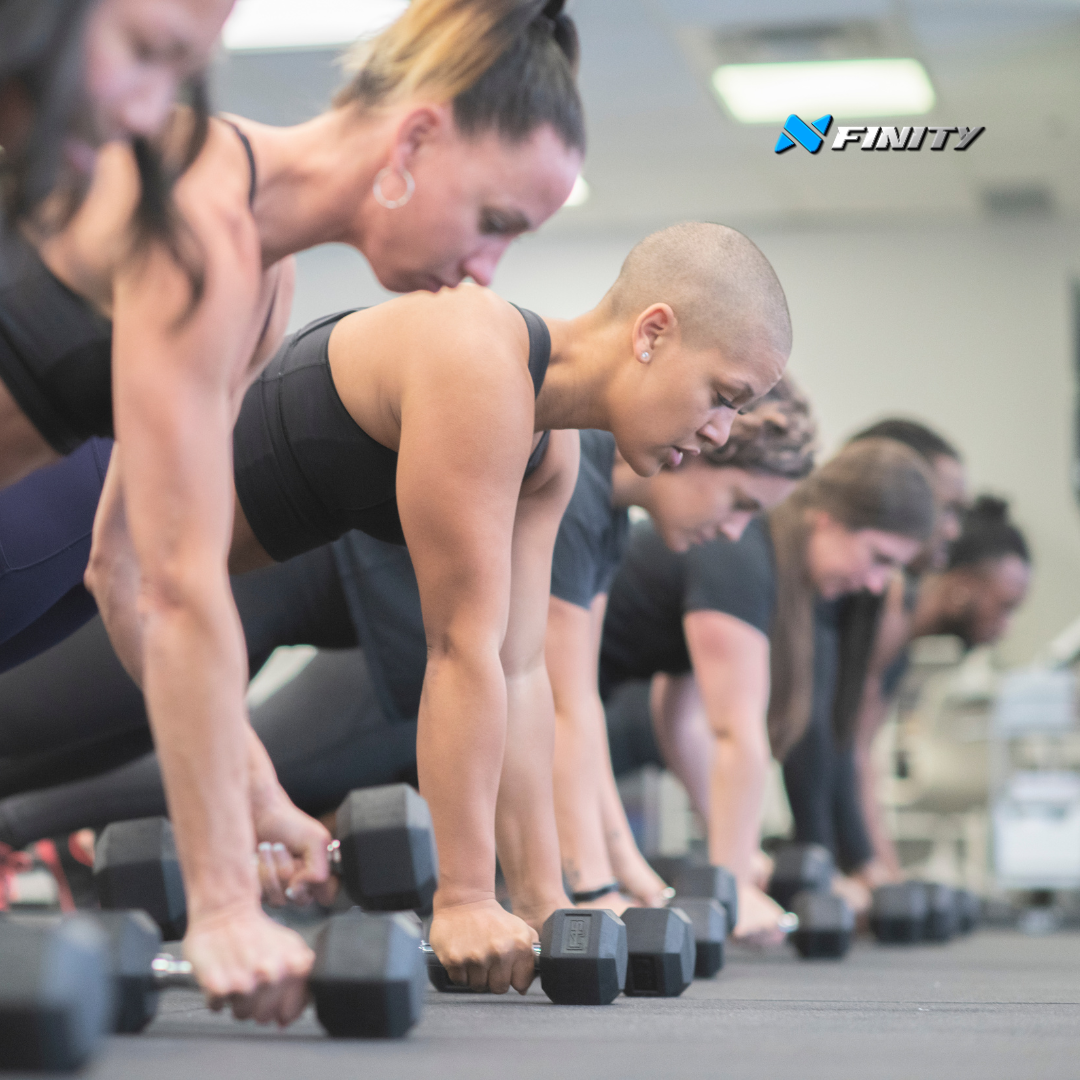Nfinity's Ultimate Guide to Building a Stronger Core at Home
arnav mahajan
A strong core is the foundation of a healthy and functional body. It plays a crucial role in almost every movement we make, from bending and lifting to maintaining balance and stability. In this comprehensive guide, Nfinity provides you with everything you need to know to build a stronger core from the comfort of your own home.
Understanding the Core
The core refers to the muscles in the abdomen, lower back, pelvis, and hips. These muscles work together to stabilize the spine, pelvis, and shoulders, providing a solid base for movement and preventing injury. Strengthening the core improves posture, balance, and overall athletic performance. These core muscles form the powerhouse that supports your body's movements and helps maintain posture and balance.
Benefits of a Strong Core
A strong core has numerous benefits beyond just aesthetics. It improves posture, reducing the risk of back pain and injury. It also enhances balance and stability, making everyday activities easier and reducing the risk of falls. Additionally, a strong core is essential for optimal athletic performance, whether you're running a marathon or lifting weights. Your core strength influences every move, contributing to a healthier, more active lifestyle.
Core Training Principles
Effective core training requires a combination of progressive overload, variation in exercises, and proper form. Start with basic exercises and gradually increase the intensity as your strength improves. Be sure to incorporate a variety of movements to target all the muscles in the core, and always focus on maintaining good form to prevent injury.
Equipment for Core Workouts at Home
You don't need a gym membership or fancy equipment to strengthen your core at home. Simple tools like stability balls and resistance bands can add variety to your workouts, but many effective core exercises can be done using just your body weight.
Sample Core Workout Routine
A typical core workout should include a combination of exercises that target the muscles of the abdomen, lower back, and hips. Start with a brief warm-up to prepare your body for exercise, then move on to a series of core strengthening exercises, and finish with some gentle stretches to cool down.
Nutrition and Recovery
In addition to regular exercise, proper nutrition and recovery are essential for building a strong core. Be sure to eat a balanced diet rich in protein, vitamins, and minerals to support muscle growth and repair. Stay hydrated, get plenty of rest, and listen to your body to avoid overtraining.
Tracking Progress
Tracking your progress is key to staying motivated and seeing results from your core training efforts. Keep a workout journal to record your exercises, sets, and reps, and track your strength gains over time. Set realistic goals for yourself and celebrate your achievements along the way.
Common Mistakes to Avoid
When it comes to core training, there are a few common mistakes to watch out for. Avoid overtraining, as this can lead to burnout and injury. Focus on maintaining proper form during exercises to prevent strain on the lower back and other muscles. And don't forget to give your body time to rest and recover between workouts.
Conclusion
Building a stronger core is within reach for anyone willing to put in the time and effort. By following the principles outlined in this guide, you can improve your core strength, enhance your overall fitness, and enjoy the many benefits of a strong and stable core. Embrace the journey to a healthier you and make core strength a cornerstone of your fitness routine.
FAQs (Frequently Asked Questions)
How often should I do core workouts?
- Aim for 2-3 core workouts per week, with at least one rest day in between.
Can I build a strong core without equipment?
- Yes, many effective core exercises can be done using just your body weight.
How long does it take to see results from core training?
- Results will vary depending on individual factors, but you may start to notice improvements in core strength and stability within a few weeks.
Are there any specific exercises to target lower abs?
- Yes, exercises like leg raises and reverse crunches are effective for targeting the lower abs.
Is it necessary to do cardio along with core workouts?
- While cardio is not necessary for building a strong core, it can help improve overall fitness and aid in weight loss.
- Begin your journey to a stronger core today! Incorporate these core-strengthening exercises into your home routine and witness the transformation in your posture, balance, and overall fitness. Explore our selection of resistance bands and stability balls to enhance your workouts. For more tips and products, visit our website or contact us today. Embrace the power of a strong core and experience the difference in your daily life!
